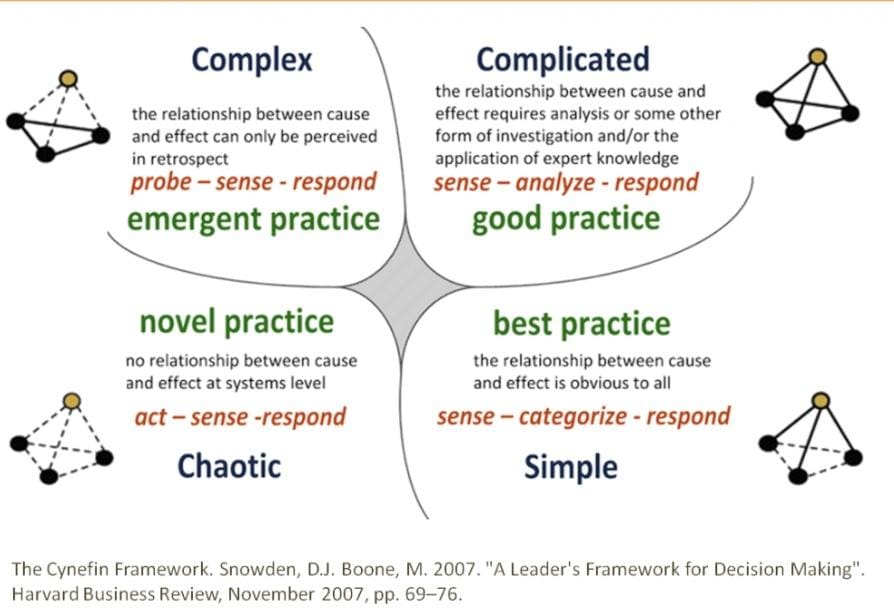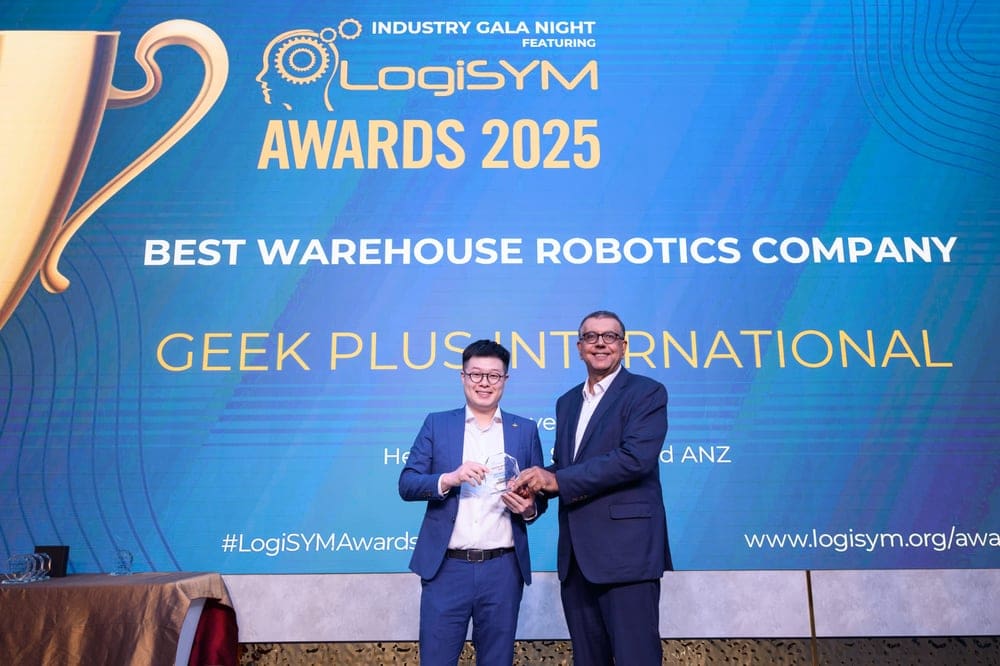How to Navigate the Chaos of Trade Disruption with the Cynefin framework, AI and Optimization.
Supply Chain leaders (CSCOs) are responsible for driving strategic growth, fostering innovation within their supply chains, and ensuring long-term value creation. However, many companies are now confronted with challenges such as abrupt tariff increases, supply chain instability, and delays in the delivery of critical components. Recent data from Yale’s budget analysis highlights the growing economic […] The post How to Navigate the Chaos of Trade Disruption with the Cynefin framework, AI and Optimization. appeared first on Logistics Viewpoints.


 Supply Chain leaders (CSCOs) are responsible for driving strategic growth, fostering innovation within their supply chains, and ensuring long-term value creation. However, many companies are now confronted with challenges such as abrupt tariff increases, supply chain instability, and delays in the delivery of critical components. Recent data from Yale’s budget analysis highlights the growing economic burden of tariffs. With the average tariff rate reaching 22.5%—the highest since 1909—consumers have faced a 2.3% price increase, while 75% of businesses report financial strain due to these trade barriers. These figures underscore the ripple effects tariffs have on both households and the broader economy
Supply Chain leaders (CSCOs) are responsible for driving strategic growth, fostering innovation within their supply chains, and ensuring long-term value creation. However, many companies are now confronted with challenges such as abrupt tariff increases, supply chain instability, and delays in the delivery of critical components. Recent data from Yale’s budget analysis highlights the growing economic burden of tariffs. With the average tariff rate reaching 22.5%—the highest since 1909—consumers have faced a 2.3% price increase, while 75% of businesses report financial strain due to these trade barriers. These figures underscore the ripple effects tariffs have on both households and the broader economy
These issues are not anomalies but indicators of deeper structural vulnerabilities in global operations. Addressing them requires more than traditional playbooks. It demands strong leadership, adaptive strategies, and the strategic use of advanced technologies including optimization and decision intelligence.
So how did we get here?
For years, globalization made supply chains efficient but brittle. Companies outsourced manufacturing, hollowed out domestic capacity, and grew dependent on long, opaque networks across the globe.
Enter trade wars, pandemics, energy shocks, and geopolitical standoffs. With a single policy shift, you could be staring at:
- 25% or more tariffs on key inputs
- Supplier insolvency in a sanctioned country
- Delays that dramatically reduce quarterly margins
Supply chains globally are under great duress and uncertainty.
What Should CSCO’s Do Now?
Supply Chain leaders can’t rewind history, but they can choose how to lead forward. The Cynefin Framework (Figure 1) gives them the playbook. It helps them recognize the context their organizations are in. Adopting the wrong decision model in the wrong situation makes things worse.

Figure 1. Cynefin Framework

























































































































































